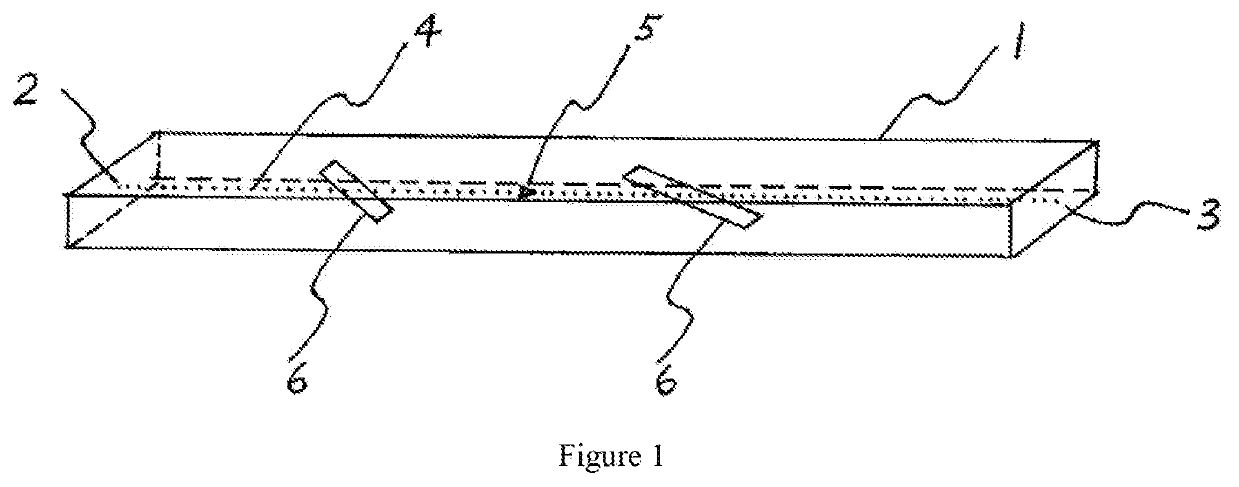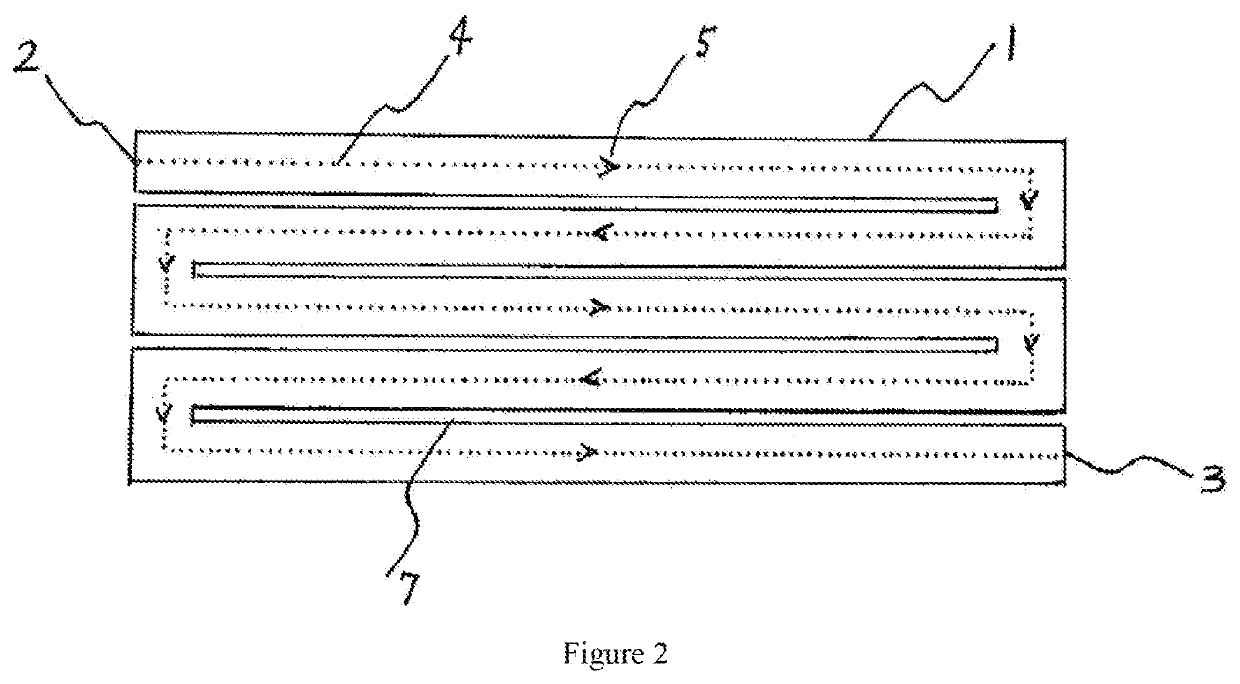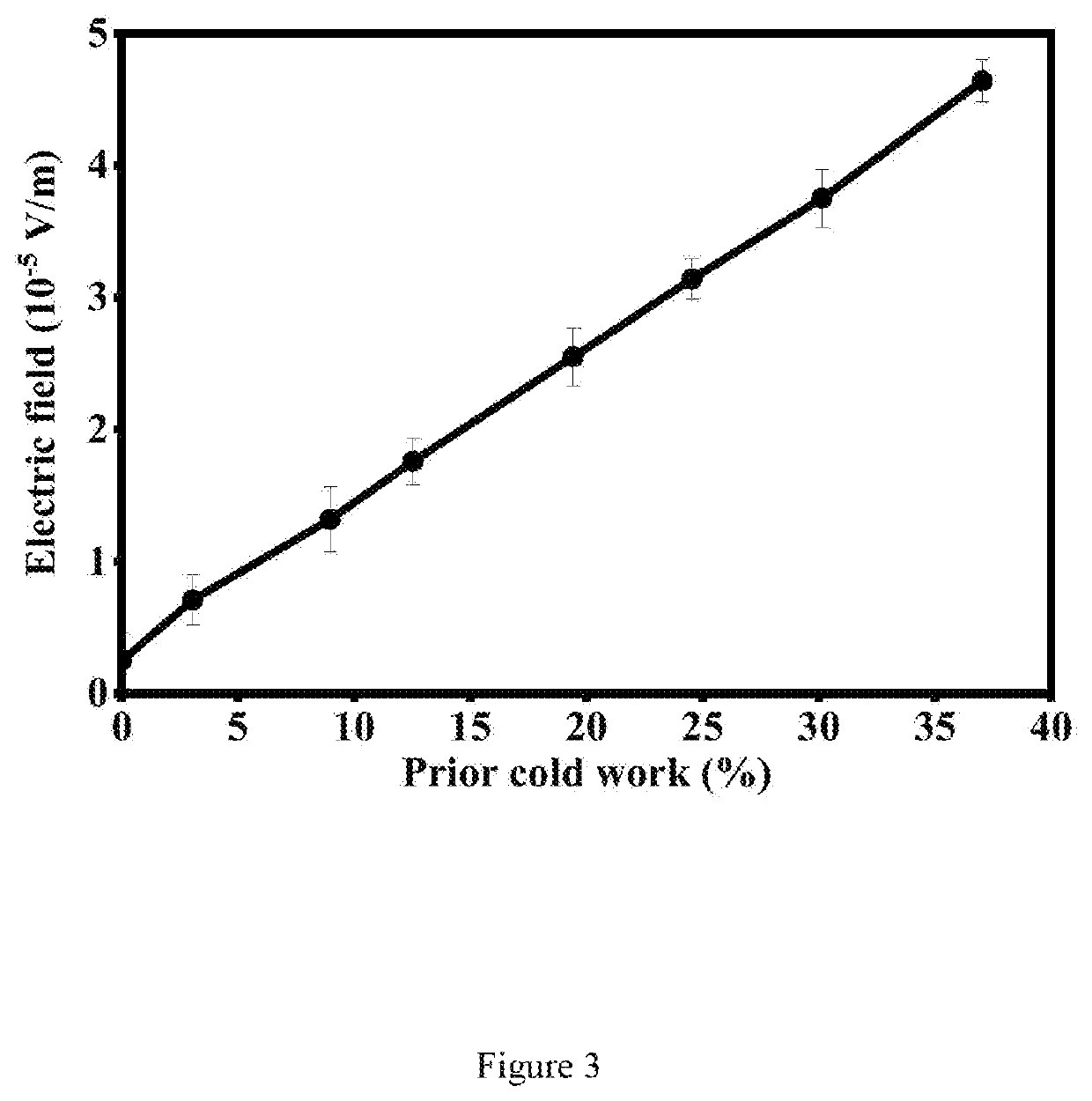Electrically conductive electret and associated electret-based power source and self-powered structure
a technology of electrets and electrical conductors, applied in the field of electrets, can solve the problems of inadequate public safety of nuclear reactors, fire hazards, and energy remains a significant issue all over the world
- Summary
- Abstract
- Description
- Claims
- Application Information
AI Technical Summary
Benefits of technology
Problems solved by technology
Method used
Image
Examples
example 1
[0113]This Example pertains to the electret behavior of copper, which serves as the electrically conductive material of the electret.
[0114]The copper is electrolytic tough pitch copper (alloy 110). This is the most common copper alloy. It contains at least 99.9 wt. % copper, with approximately 0.04 wt. % oxygen. It can be annealed at temperatures ranging from 700° F. (371° C.) to 1200° F. (649° C.). The alloy without cold work is in the annealed state, and is in the form of foils of nominal thickness 0.010 inch (0.25 mm). Specimens in the form of rectangular bars with different in-plane dimensions are obtained by manual cutting of the foils. The long direction of the bar is along the direction of stress application and the direction of voltage / capacitance / resistance / strain measurement. No poling is conducted. No depolarization is conducted prior to testing.
[0115]Mechanical rolling (cold unidirectional rolling) is conducted at room temperature without lubrication, using a conventiona...
example 2
[0118]This example pertains to the effect of stress on the electric dipole for the case of copper as the electrically conductive material in the electret. The copper is the same as the copper foil (without cold work) in Example 1.
[0119]The effect of stress on the electric dipole is a phenomenon that gives an electric output in response to a stress input. The electric output can be the electric field (which relates to the voltage) or the capacitance. An increase in the tensile stress in the elastic regime causes the electric field output to decrease monotonically and reversibly (FIG. 5), such that the fractional decrease in electric field reaches 43% at the maximum stress of 18 MPa. Furthermore, an increase in the tensile stress in the elastic regime causes the capacitance to increase monotonically and reversibly (FIG. 6). Thus, stress sensing can be achieved by measuring the electric field or the capacitance. This means self-sensing, as the copper senses itself.
[0120]In measuring th...
example 3
[0122]This example pertains to the effect of the inter-electrode distance (up to 1280 m) on the electric field for the case of copper (copper wire) as the electrically conductive material in the electret.
[0123]The wire has American wire gauge No. 28, with diameter 0.321 mm (excluding the enamel insulating coating). It is spirally wound. The inter-electrode distance is increased in steps of 8 m (meters) and the enamel coating is removed at the points of the electrodes by using sandpaper prior to the application of silver paint.
[0124]The linearity of the electric field vs. the inter-electrode distance / up to 1280 m is shown in FIG. 7. This indicates that the linearity is maintained even at very large values of l. This behavior is valuable for using large structures as power sources.
PUM
| Property | Measurement | Unit |
|---|---|---|
| electric field | aaaaa | aaaaa |
| electrical conductivity | aaaaa | aaaaa |
| electrical conductivity | aaaaa | aaaaa |
Abstract
Description
Claims
Application Information
 Login to View More
Login to View More - R&D
- Intellectual Property
- Life Sciences
- Materials
- Tech Scout
- Unparalleled Data Quality
- Higher Quality Content
- 60% Fewer Hallucinations
Browse by: Latest US Patents, China's latest patents, Technical Efficacy Thesaurus, Application Domain, Technology Topic, Popular Technical Reports.
© 2025 PatSnap. All rights reserved.Legal|Privacy policy|Modern Slavery Act Transparency Statement|Sitemap|About US| Contact US: help@patsnap.com



